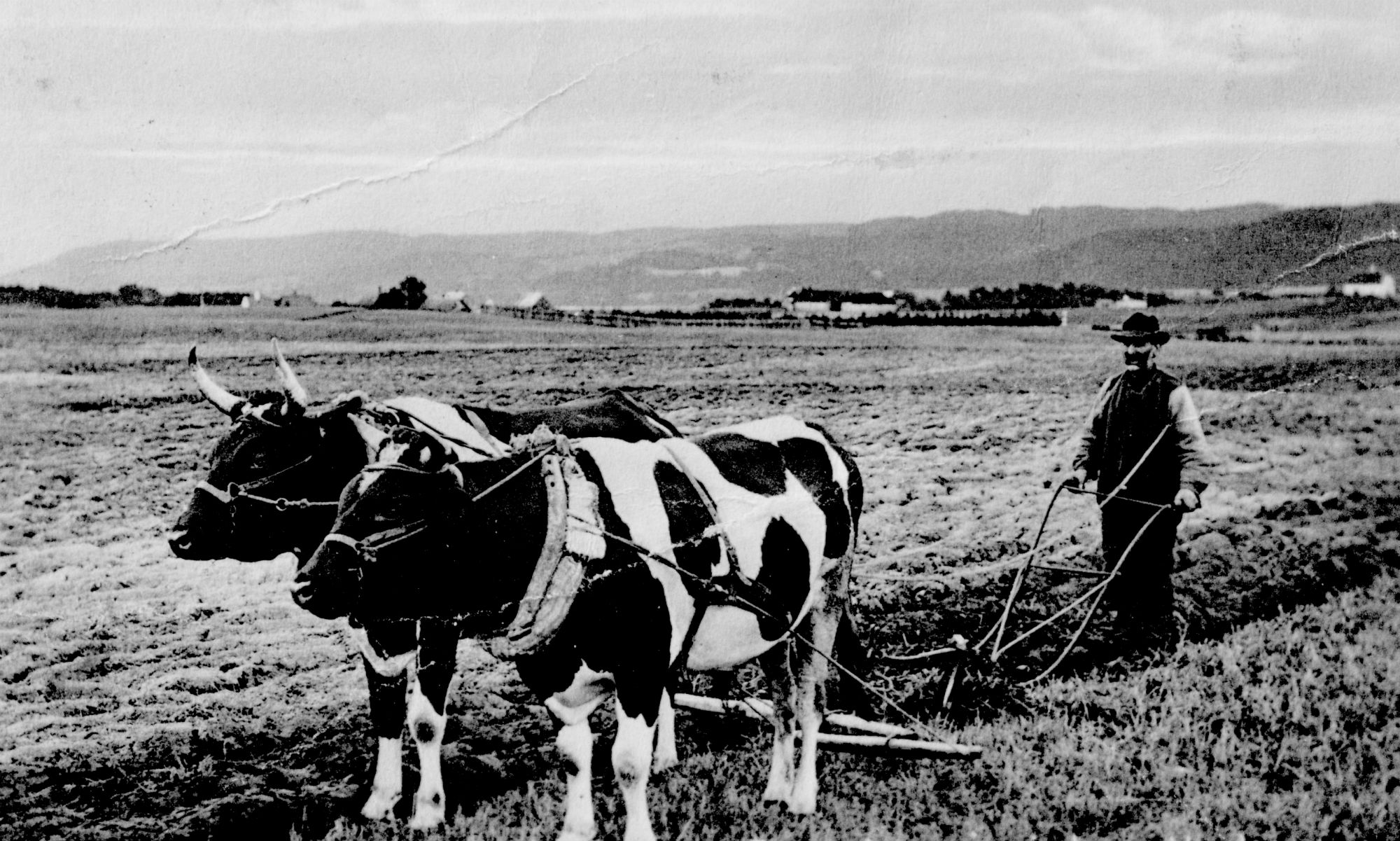10 Rulings of the Court
The general directions on the rulings of the court are found in §§ 214 – 222 and cover both civil and criminal matters. Altogether, the Act recognises 3 different types of rulings: judgments, orders and decisions. Unless the law provides for a ruling to be made by the chairman, it must be reached by the whole bench deliberating and voting in private (§ 214, stk. 1 & 2).
1. Judgments. The passing of judgment, which must always take place in open court (§ 29, stk. 6), generally marks the conclusion of a case in a particular instance of court. In criminal cases, it generally takes place on the same day, or certainly never later than the day after when the case has been heard by a jury, or within a week, if heard by any other court. Consequently, the sit.uation Where cases are left on the file of the court, and may be resurrected with leave from the Court of Appeal, cannot occur in Danish law.
Judgments must give reasons for the findings, except when the case has been heard by a jury. Dissenting judges are named in judgments of the supreme Court (§ 218, stk. 1) and by common law anonymous dissent may be expressed by any member of the bench (i.e. not by jurors) in a judgment from High or Town Courts. A Town Court judge even has a duty to give notice of it, when he is overruled, and this leads to a conviction (§ 215, stk. 1).
A High Court judgment from a jury trial usually states the number of votes cast for the different sentences, but there is no provision for this in the Administration of Justice Act.
In criminal cases the judgment must be one of either dismissal, acquittal or conviction (§ 908). The rule may seem obvious to an Englishman, but does have a meaning in that it originally abolished the third verdict of ‘acquittal from further prosecution’.
The Court may correct obvious mistakes concerning spelling and the like on its own initiative, and it may also make substanstial adjustments in the recording of the trial, when it is requested by one of the parties, provided the other party and counsel for the defence have been heard. It cannot, however, change either its ratio decidendi or conclusion (§ 221).
2. Orders The court delivers its ruling by way of an order, when that is provided by statute (§ 217). It must state reasons for the conclusion in the same way as a judgment, and members of the lower courts are probably entitled to voice their dissent in it, but there is no statutory provision for that. In Supreme Court orders, dissenting judges are named.
Corrections may be made, as with judgments, and orders on procedural matters may be reversed at the discretion of the court (§§ 221-222). Likewise, other orders are reversible, if that is provided by statute, as is the case with most provisions on police powers.
3. Decisions. This last type of ruling is entirely discretionary – the court does not have to state reasons for it, and may reverse it at any time. Sometimes statute provides for the decision to be made by the chairman of the court, but if challenged, he will usually consult the other members of the court, although he is not obliged to do so.
